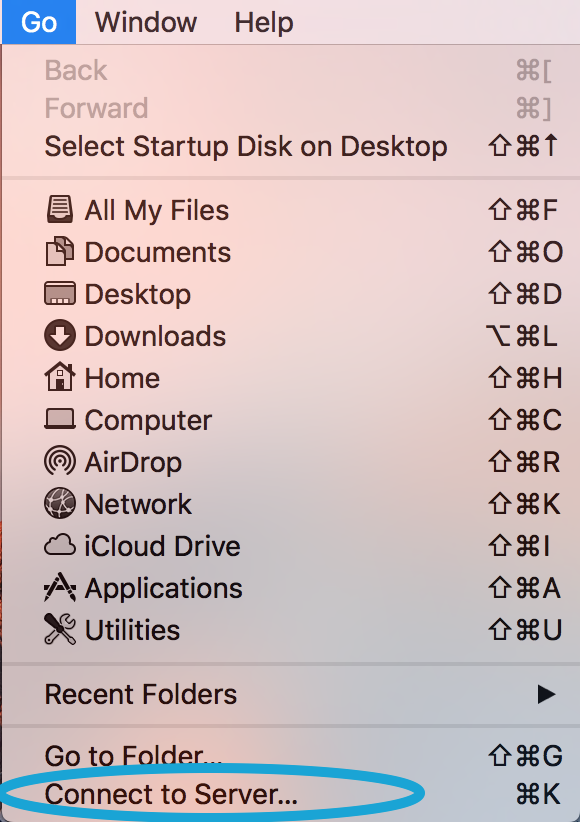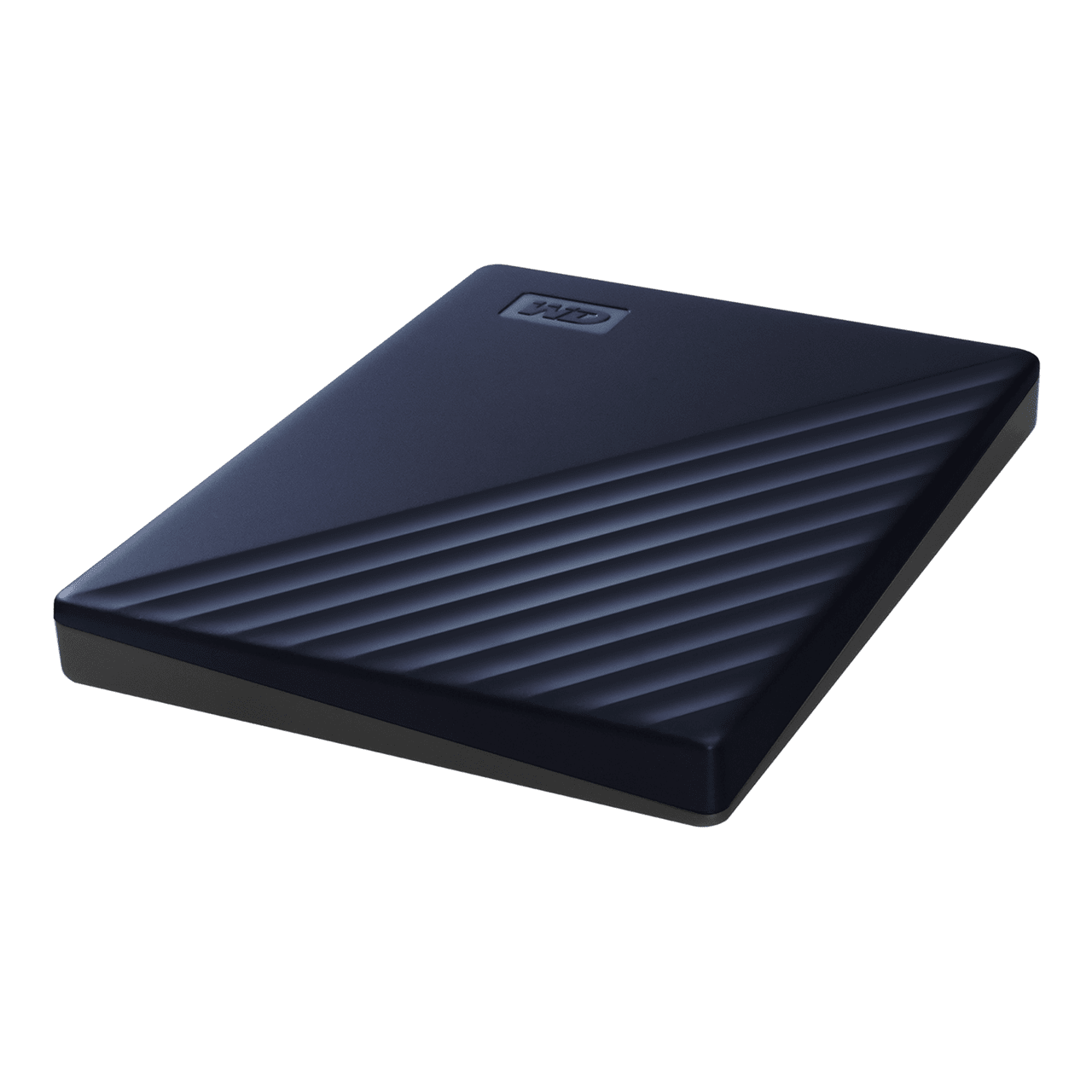Now open R-Drive Image app from desktop and follow the below steps to create MacOS High Sierra Bootable USB. This is the method or application where you can easily create any MacOS Bootable USB. You might know about other methods but what I think this methodology is new for you, so, give it a try and I am sure you will feel at home. These empty disk images range from 3GB HFS formated (appropriate for Mac OS 6, 7 or 8.0) up to 32GB HFS+ formated (Mac OS 8.1, 9 or early Mac OS X). Note: Please be patient when extracting these blank disk images, as your hard disk has to write the whole space (up to 30GB) so it might take a couple minutes depending on your computer specs. In your example 'Image from Mac SSD' is greyed out. I imagine because you didn't bother to reboot to recovery mode for your example and you cannot grab an image of your boot drive. However, I've rebooted into recovery and my boot drive is greyed out. – jorfus Jan 14 '19 at 21:53. To restore a disk image with multiple volumes to a disk, you must partition the destination disk, then restore each volume individually. In the Finder on your Mac, double-click the disk image to open it. The disk image’s volumes appear as disks in the Finder.
Disk Utility User Guide
You can restore a disk image to a disk. To do this, you first need to erase the disk. If the disk image has multiple partitions, you must restore each partition individually.
Restore a disk image with a single volume to a disk
In the Disk Utility app on your Mac, select the volume that you want to restore in the sidebar, then click the Restore button .
This is the volume that is erased and becomes the exact copy.
Click the Restore pop-up menu, then choose the volume you want to copy.
If you’re restoring from a disk image, click the Image button, then navigate to that disk image.
Click Restore.
Restore a disk image with multiple volumes to a disk
To restore a disk image with multiple volumes to a disk, you must partition the destination disk, then restore each volume individually.
In the Finder on your Mac, double-click the disk image to open it.
The disk image’s volumes appear as disks in the Finder.
In the Disk Utility app, select the disk in the sidebar, click the Partition button , then partition the destination disk.
The destination disk must have as many partitions as the disk image, and each of the disk’s partitions must be at least as large as the corresponding partition in the disk image. See Partition a physical disk in Disk Utility on Mac.
In the sidebar, select the volume that you want to restore, then click the Restore button .
This is the volume that is erased and becomes the exact copy.
Do one of the following:
Restore from a volume: Click the “Restore from” pop-up menu, then choose the volume you want to copy.
Restore from a disk image: Click Image, choose the disk image you want to copy, then click Open.
Click Restore.
Repeat steps 3–5 for each remaining partition.
Due to one or many reasons, the hard drive or a specific volume of your Mac might become inaccessible. Fortunately, you can recover all your valuable data from your Mac even on a Windows system. Stellar Toolkit for Data Recovery can create an image of your Mac hard disk or any specific partition or volume. The recovery is then performed on the newly created image.

The KB article below will provide you the step-by-step procedure on how to create a disk image.
Step 1) Download and launch the software on your Windows system.
Step 2) On the SelectLocation screen, select Recover from DiskImages option under the Other Locations section and click Scan.

Step 3) A dialog box will appear. Select CreateImage option and click Next.
Step 4) Under the CreateImage screen, select the drive or partition for which you wish to create an image.
Drive Image Free Download
Step 5) To create an image of the entire drive or partition, click StartImaging. If you wish to create image of a selected region, click on AdvancedSettings. Drag the sliders in the SelectRangetoCreateImage screen to define the starting and ending sectors of the image file. Click Close, and then click StartImaging.
Step 6) In Create Media Image to Save dialog box, locate the destination where image file should be saved. In the FileName text box, type name. Click Save.
Step 7) At the end of the process, a screen displays the newly created image.
Step 9) Click Scan to start the recovery process.
Drive Image Free

Drive Image Vista
Step 10) A screen showing the scanning process is displayed. Click the Stop button to halt the scan at any point.
Drive Image Powerquest
Step 11) Once the scanning process is completed, details of the files and folder found are displayed in a dialog box as shown below:
Note: It is recommended to save 'scan information file' and 'hard disk image' at different locations with proper name. This allows you to easily retrieve the required image file. The software also allows you to preview the scanned files before recovery. The preview can be done in three types of list: Classic list, File list and Deleted list.
Excerpt from above:
...'you will need to know the file formats teat are supported by'...
'teat'?
Rich
User Comments
